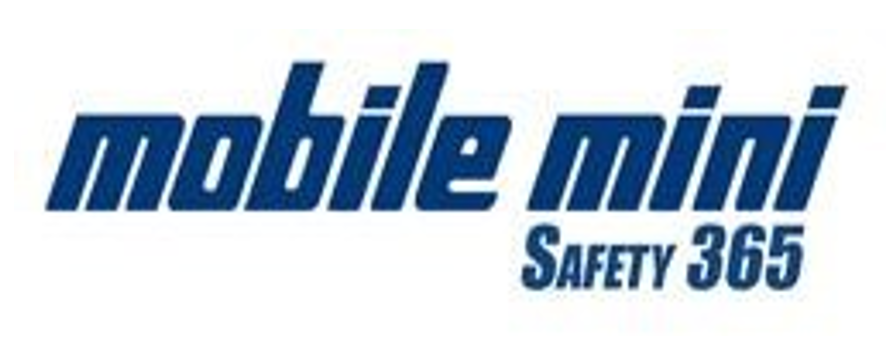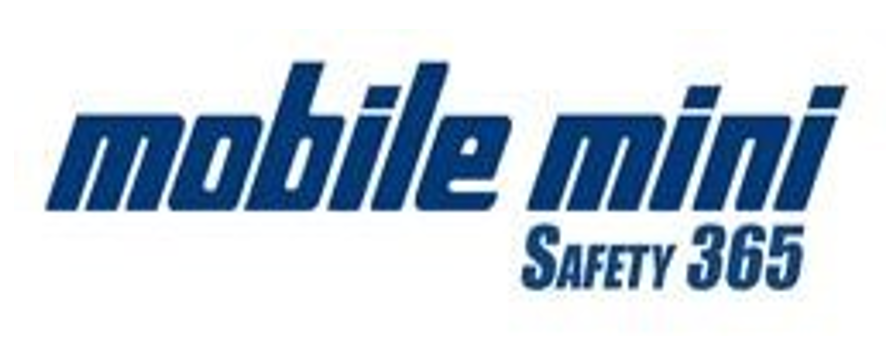Title Page
-
Site conducted
-
Conducted on
-
Prepared by
-
Location
-
Job/Task Evaluated
Eye Hazards
-
Tasks that can cause (but are not limited to) eye hazards include (but not limited to): working with chemical; molten metal; chipping; grinding; furnace operations; sanding; welding and woodworking and intense light.
-
Chemical
-
Description of Hazard:
-
Required PPE Recommendation:
-
Dust
-
Description of Hazard:
-
Required PPE Recommendation:
-
Heat
-
Description of Hazard:
-
Required PPE Recommendation:
-
Impact
-
Description of Hazard:
-
Required PPE Recommendation:
-
Light/Radiation
-
Description of Hazard:
-
Required PPE Recommendation:
-
Electrical (shock/arc)
-
Description of Hazard:
-
Required PPE Recommendation:
-
Other
Head Hazards
-
Tasks that can cause head hazards include (but not limited to): working below other workers who are using tools and materials which could fail; working on potentially energized electrical equipment; working with chemicals; and working under machinery or processes which might cause materials or objects to fall.
-
Burn
-
Description of Hazard:
-
Required PPE Recommendation:
-
Chemical splash
-
Description of Hazard:
-
Required PPE Recommendation:
-
Impact
-
Description of Hazard:
-
Required PPE Recommendation:
-
Electrical (shock / arc)
-
Description of Hazard:
-
Required PPE Recommendation:
-
Other
Hand Hazards
-
Tasks that can cause hand hazards include (but are not limited to): cutting material, working with chemicals, working with hot objects
-
Burns
-
Description of Hazard:
-
Required PPE Recommendation:
-
Chemical Exposure
-
Description of Hazard:
-
Required PPE Recommendation:
-
Cut/Abrasion
-
Description of Hazard:
-
Required PPE Recommendation:
-
Hot/Cold Exposure
-
Description of Hazard:
-
Required PPE Recommendation:
-
Puncture
-
Description of Hazard:
-
Required PPE Recommendation:
-
Electrical (shock & arc)
-
Description of Hazard:
-
Required PPE Recommendation:
-
Other
Foot Hazards
-
Tasks that can cause foot hazards include (but are not limited to): carrying or handling heavy (>15 lbs) material that could be dropped, performing manual material handling or working with chemicals, contact with equipment or machinery
-
Chemical Exposure
-
Description of Hazard:
-
Required PPE Recommendation:
-
Compression
-
Description of Hazard:
-
Required PPE Recommendation:
-
Impact
-
Description of Hazard:
-
Required PPE Recommendation:
-
Puncture
-
Description of Hazard:
-
Required PPE Recommendation:
-
Electrical (shock & arc)
-
Description of Hazard:
-
Required PPE Recommendation:
-
Other
Noise Hazards
-
Tasks associated with equipment that can generate noise greater than 90 dBA this would include (but not limited to): equipment operation, arc flash hazards, rotation equipment grinders
-
Moving Machinery
-
Description of Hazard:
-
Required PPE Recommendation:
-
Rotating Equipment
-
Description of Hazard:
-
Required PPE Recommendation:
-
Electrical
-
Description of Hazard:
-
Required PPE Recommendation:
-
Other
Fall Hazards
-
Tasks that can cause hazards to the employee as a result of working at elevation or in application that risk to falling are present
-
Heights > or = to 4 feet
-
Description of Hazard:
-
Required PPE Recommendation:
-
Working from leading edge
-
Description of Hazard:
-
Required PPE Recommendation:
-
Confined Space
-
Description of Hazard:
-
Required PPE Recommendation:
-
Operating powered industrial vehicle
-
Description of Hazard:
-
Required PPE Recommendation:
-
Other
Body Hazards
-
Wet environment
-
Description of Hazard:
-
Required PPE Recommendation:
-
Dusty environment
-
Description of Hazard:
-
Required PPE Recommendation:
-
Confined spaces
-
Description of Hazard:
-
Required PPE Recommendation:
-
Handling Chemical
-
Description of Hazard:
-
Required PPE Recommendation:
-
Electrical (shock & arc)
-
Description of Hazard:
-
Required PPE Recommendation:
-
Other
Respiratory Hazards
-
Tasks that can cause inhalation hazards in excess of the established exposure limits. Inhalation hazards may consist of exposure to gases, vapors, dust, mist or fumes or fibers. Activities that may be exposed to these types of hazards include abrasive blasting, spray painting, welding, chemical related activities and asbestos maintenance. All respirator usage must conform to Highline’s Respiratory Protection Program.
-
Chemical Exposure
-
Description of Hazard:
-
Required PPE Recommendation:
-
Vapor
-
Description of Hazard:
-
Required PPE Recommendation:
-
Dust
-
Description of Hazard:
-
Required PPE Recommendation:
-
Respirable Fibers
-
Description of Hazard:
-
Required PPE Recommendation:
-
Asbestos
-
Description of Hazard:
-
Required PPE Recommendation:
-
Other
Certification
-
If new or updated PPE is required in the working area, have warning signs, labels, etc. been installed?
-
What indicators are required to be installed?
-
The undersigned certify that the above PPE Hazard Assessment was performed on the date indicated. This document is a Certification of the Hazard Assessment per Sections 25 and 27 of the OHSA.
-
Safety Advocate
-
JHSC Rep.
-
Supervisor/Manager
-
Farm Manager












